- Hip joint replacement
What is joint replacement?
Joint replacement is surgical procedure that involves the replacement of a damaged, destructed joint with an artificial one. The artificial implant fully resembles the shape and function of the biological, human joint, allowing the patient to return to their normal lifestyle without any pain or discomfort.
What causes pain of the hip joint?
Pain syndrome can be caused by different pathologies, such as
- Trauma to the hip joint;
- Infectious and non-infectious joint damage;
- Bechterew’s disease;
- Inborn hip dysplasia;
-Deforming osteoarthritis
-Polyarticular rheumatoid arthritis;
These pathologies are the most common causes of joint damage, leading to persistent pain that bothers the patient at night, combined with a general restriction in basic movements such as walking.
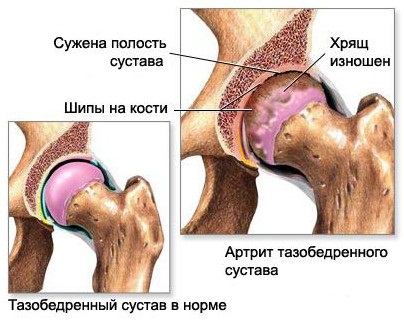
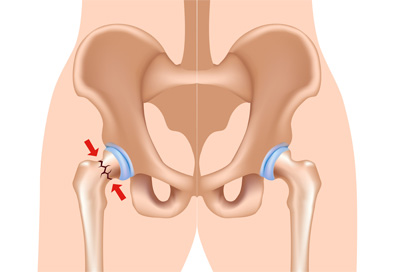
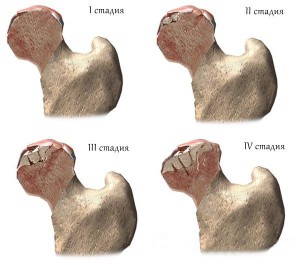
How long can you take nonsteroidal anti-inflammatory drugs (NSAID’s)?
NSAID’s can be taken for months, while intra-articular injections of steroid hormones are able to deprive the patient from pain for half a year or even longer.
How can I find out that it is time for hip joint replacement?
Hip joint replacement is performed in cases where medication (drug treatment) does not lead to a reduction in pain, with a strong impairment in the function of the affected limb leading a significant restriction of movement. The patient feels constant pain during rest and movement, which eventually results in the shortening of the limbs. These symptoms suggest the destruction of articular surfaces, resulting in the requirement of a hip replacement, which is the only effective way of fully restoring the loss of limb function in various diseases and injuries.
What are the indications for hip replacement?
Indications for hip replacement are:
• polyarticular rheumatoid arthritis;
• Bechterew’s disease;
• systemic lupys erythematosus;
• coxarthrosis of different origin;
• hip dysplasia;
• deep-rooted inborn dislocation;
• pseudarthrosis of femoral neck;
• avascular necrosis;
• deformation of cotyloid cavity after trauma;
• tumors femur proximal part;
• some forms of tuberculous coxitis;
• failed results of previous operations;
• fractures of neck or head of femur
A consultation with a doctor is necessary in any of these cases, as only a medical professional is able to determine the necessity of a surgery.
Undoubtedly, any surgery has indications as well as contraindications, there are list of them:
diseases of cardiovascular and bronchial/lungs troubles in the stage of decompensation;
presence of nidus of pyogenic infection in the organism (tonsillitis, carious teeth, chronic sinusitis and otitis, pustular skin diseases)
mental and myoneural disorders which increase risks of other diseases development after surgical interventions;
active or latent infection in the region of hip joint over past 3 months;
skeletal dismaturity;
acute vessels diseases of limbs.
What is the main point of a hip replacement?
Hip replacement is conducted to replace the damaged or worn joint with an artificial implant. Modern implants perfectly simulate the femoral joint and can serve for around 15-20 years, if not 30. If the implant wears off, it can be replaced again. Today, over 2 500 000 hip replacement surgeries are performed yearly, with surgeons effectively replacing hip, knee, shoulder, elbow, and ankle joints, including smaller joints of foot and hand fingers. Implants are made from metal, ceramics or other strong polyethylene.
Expectations from the surgery
Patients feel relief, with their pain disappearing and their joint function restoring in almost 100% cases. After the surgery, the patients are able to return to their normal, active lifestyles, where they can freely swim, walk, and perform other active forms of movement.
What are the types of hip joint replacement?
In modern medicine there are different types of hip joints and methods of their fixation. There are two distinct approaches to performing this surgery according to the method of prosthesis fixation: cemented and cementless. Cemented fixation; where elements of the joint are secured by special bone cement. During the cementless fixation the bone grows into the porous surface of the artificial joint.
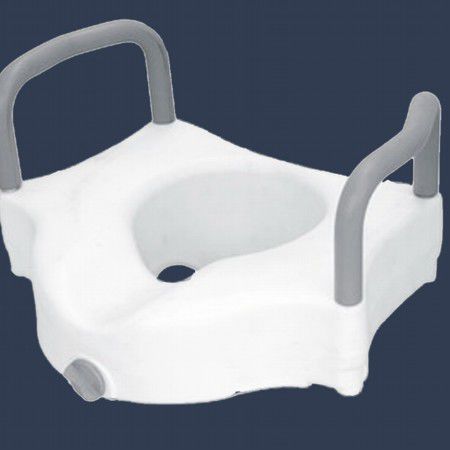

| Doctor | Name | Speciality | Work time (Sunday) |
|---|---|---|---|
 | Окрім Ілля Ілліч | Травматологія та ортопедія | - |
 | Процюк Віктор Васильович | Травматологія та ортопедія | - |
 | Васильчишин Ярослав Миколайович | Отропед-травматолог | None - None |
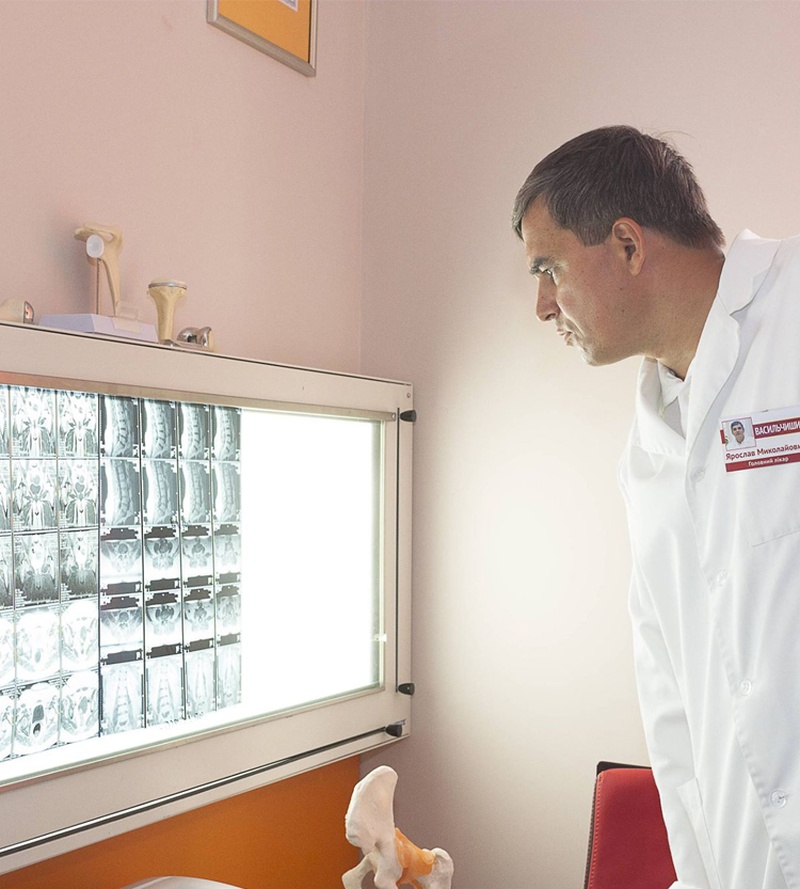
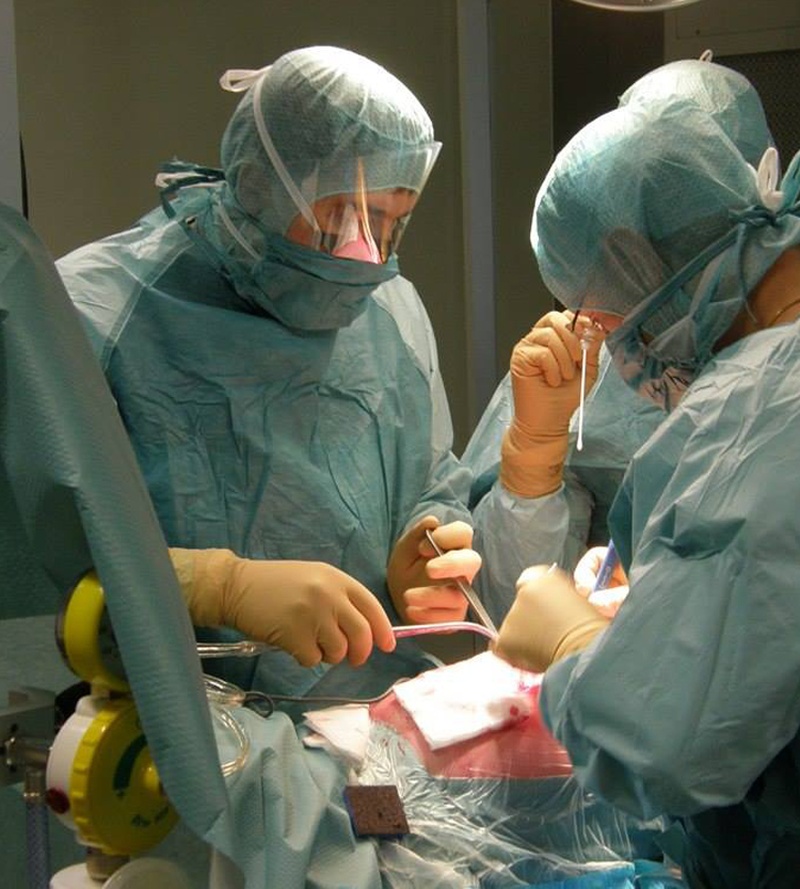

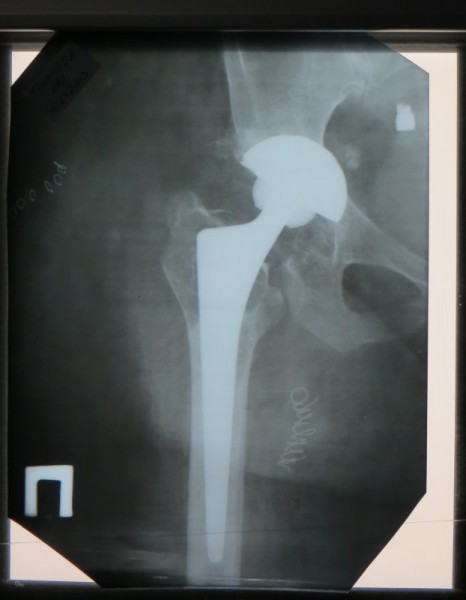
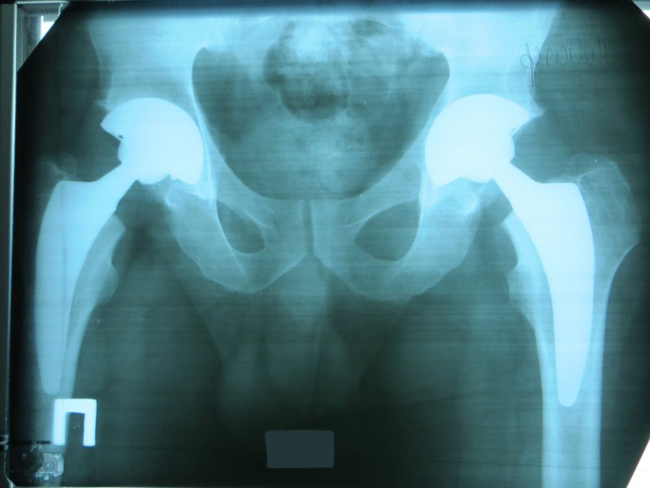
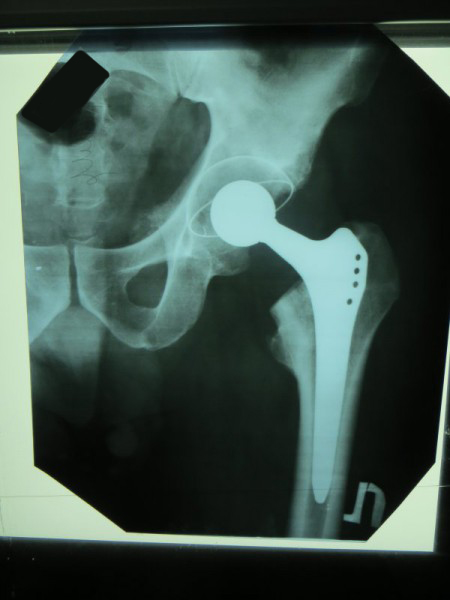
Comments